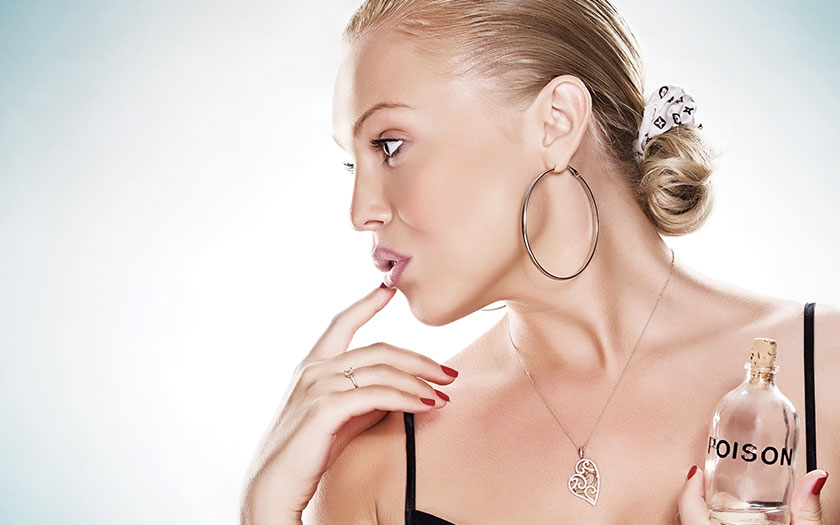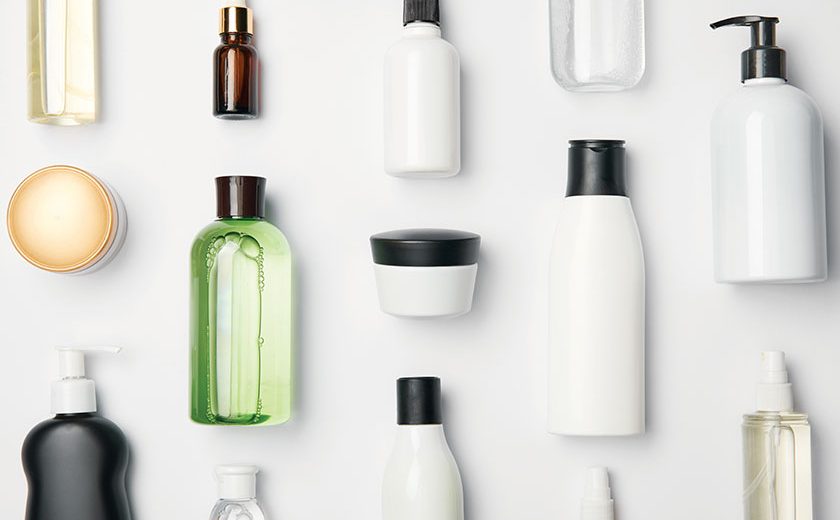Shampoo, body wash, facial cleanser and other personal care products are daily essentials that keep us clean, fresh and comfortable.
Apart from this, lipstick, eye shadow and many other cosmetics as well as sunscreen and skincare products are also a must-have. Unfortunately, many of the products that we use daily may actually do more harm than good due to the presence of toxic ingredients or chemicals that upset our body’s natural balance.
Damage from these chemicals usually occurs over an extended period of time and prolonged use. As our skin is highly permeable, ingredients in these products are absorbed into our body and some are lodged inside our body fat and organs. “Cosmetic chemicals enter the body through the skin, inhalation, ingestion and internal use, and pose the same risks as food chemicals,” says the Environmental Working Group. “In addition to the risks posed by intentionally added ingredients, cosmetics can be contaminated with heavy metals, including arsenic, cadmium, lead, mercury and nickel.” In fact, toxic ingredients applied to skin bypass liver enzymes and goes directly into your blood. Over time, these chemicals build up in our body, resulting in a myriad of health issues ranging from skin allergies to cancer.
We certainly cannot avoid using these products; what we can do is pay attention to what goes inside our creams, lotions, washes and cosmetics. Take note of these five ingredients which are commonly found in our everyday essentials.
PARABEN
Paraben is frequently added to every kind of skincare product like face wash, body wash, shampoo lotion and makeup to help preserve their shelf-life. The MyHealth portal by Ministry of Health Malaysia states that parabens (methylparaban, propylparaben, butylparaben, ethylparaben) are commonly used as preservatives in cosmetics to prevent the growth of microorganisms and protect the quality of the product.”
While this chemical has its uses, some studies have shown that paraben mimics estrogen and is known to affect our hormonal health. It may cause infertility issues and increase the risk of breast cancer. However, on the other hand, there are also researchers that dispelled this concern. To err on the side of caution, it is best to limit your exposure to parabens whenever possible.
TRICLOSAN
A synthetic antibacterial agent found in many common personal care products like handwashes, mouthwashes, deodorants, soaps, toothpastes and washing liquid, triclosan can degrade into chemicals linked to a broad range of illnesses including cancer. Triclosan also disrupts our thyroid function and contributes to creating antimicrobial resistance in bacteria, according to a study published on the National Library of Medicine website.
MINERAL OIL
A common ingredient in creams, lotions and make-up, mineral oil is a petroleum by-product that can coat the skin with a plastic-like layer. This causes clogged pores which blocks the skin’s natural process of eliminating toxins leading to acne and other skin issues.
PHTHALATES
This group of chemicals is normally used to enhance the softness of plastics, which makes it questionable why it is added to personal care products. It can be found in most perfumes and lotions, nail polish, hair sprays and even moisturizers. They are known to disrupt the endocrine system and have been linked to breast cancer as well as reproductive birth defects.
According to the Environmental Defence organization in Canada, phthalates are often not labelled on a product’s ingredient list because they are part of the product’s fragrance formula, which is exempted from ingredient labelling. “That is why we suggest avoiding products that list fragrance, parfum, or aroma on the ingredient list unless the package clearly states that the product is phthalate-free or the company lists all of the fragrance ingredients.”

PABA
Found in sunscreens, PABA was used widely in 1970s as a UVB filter. However, research has found it to be unsafe as it affects the endocrine system. Even PABA derivatives, which are frequently used to replace PABA, may cause long-term health effects. “UV radiation is more likely to damage DNA in the presence of PABA whereby DNA damage to the skin increases the risk of skin cancer,” says The Campaign for Safe Cosmetics, adding that PABA is banned or found unsafe in both Canada and the European Union.
SAY NO TO THESE TOXIC INGREDIENTS
Shampoo
- Ethanolamines (cocamide DEA and others)
- Parabens (eg. butylparaben)
- UV filters (octinoxate, oxybenzone)
- Formaldehyde releasing preservatives (diazolidinyl urea, imidazolidinyl urea, DMDM hydantoin)
- Sodium Laureth Sulfate and other -eth compounds, which can be contaminated with 1,4-dioxana and ethylene oxide
Moisturizer/Anti-Aging Creams
- Polyacrylamide, acrylamide contamination
- PTFE, PFOA contamination
- Placental extracts (can contain progesterone or estrogen)
- UV filters (octinoxate, oxybenzone, homesalate)
- Petrolatum, PAH contamination
Makeup (Blush, Eye Shadow & Face Powder)
- Titanium dioxide
- Carbon black
- PTFE
- Talc
- BHA
- Silica
- Formaldehyde releasing preservatives (quartenium-15, imidazolidinyl urea)
Source: Adapted from The Campaign for Safe Cosmetics’ Red List via www.safecosmetics.org
References: www.safecosmetics.org; pubmed.ncbi.nlm.nih.gov/16922622; environmentaldefence.ca; ewg.org; www.npra.gov.my; www.health.harvard.edu; www.myhealth.gov.my


